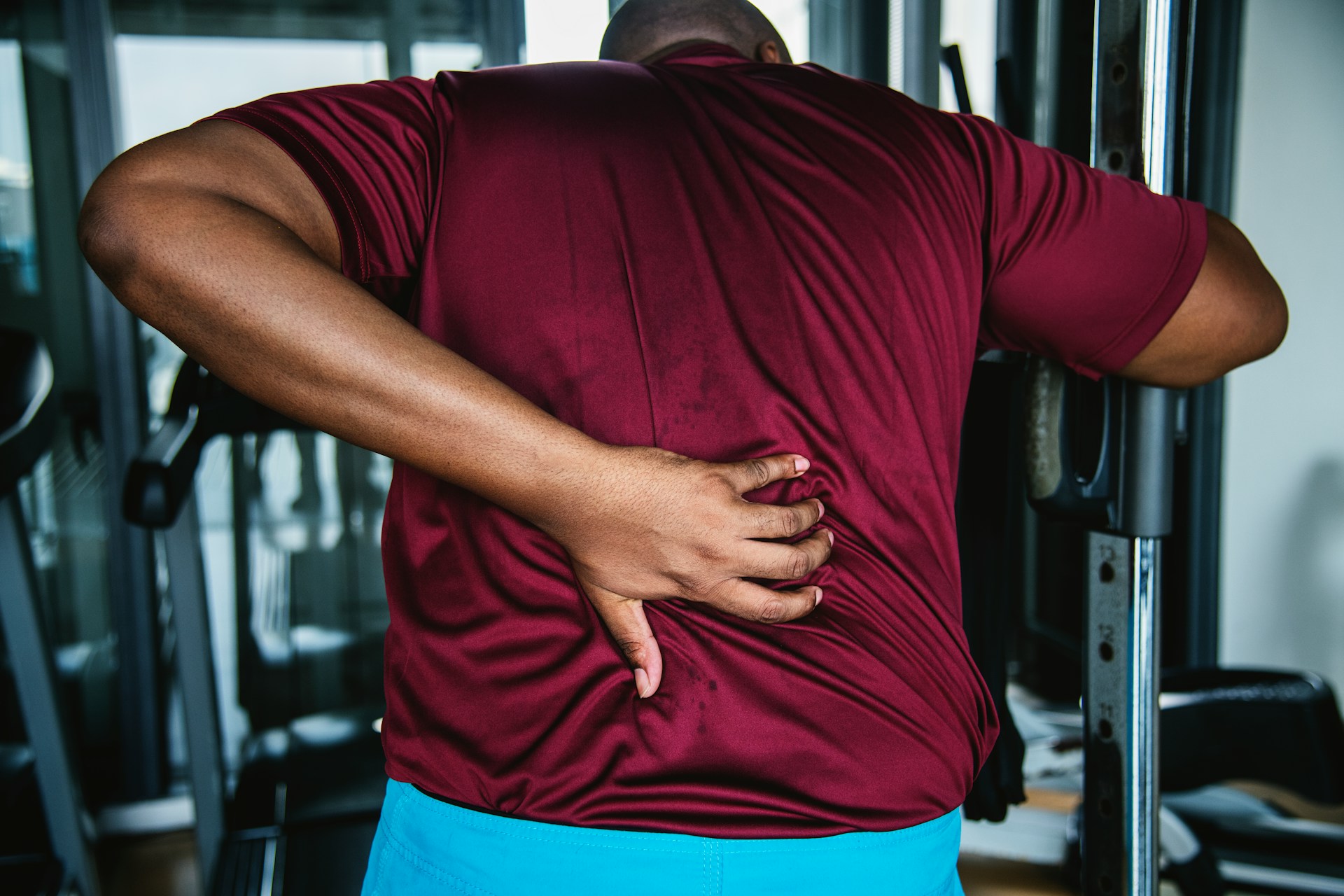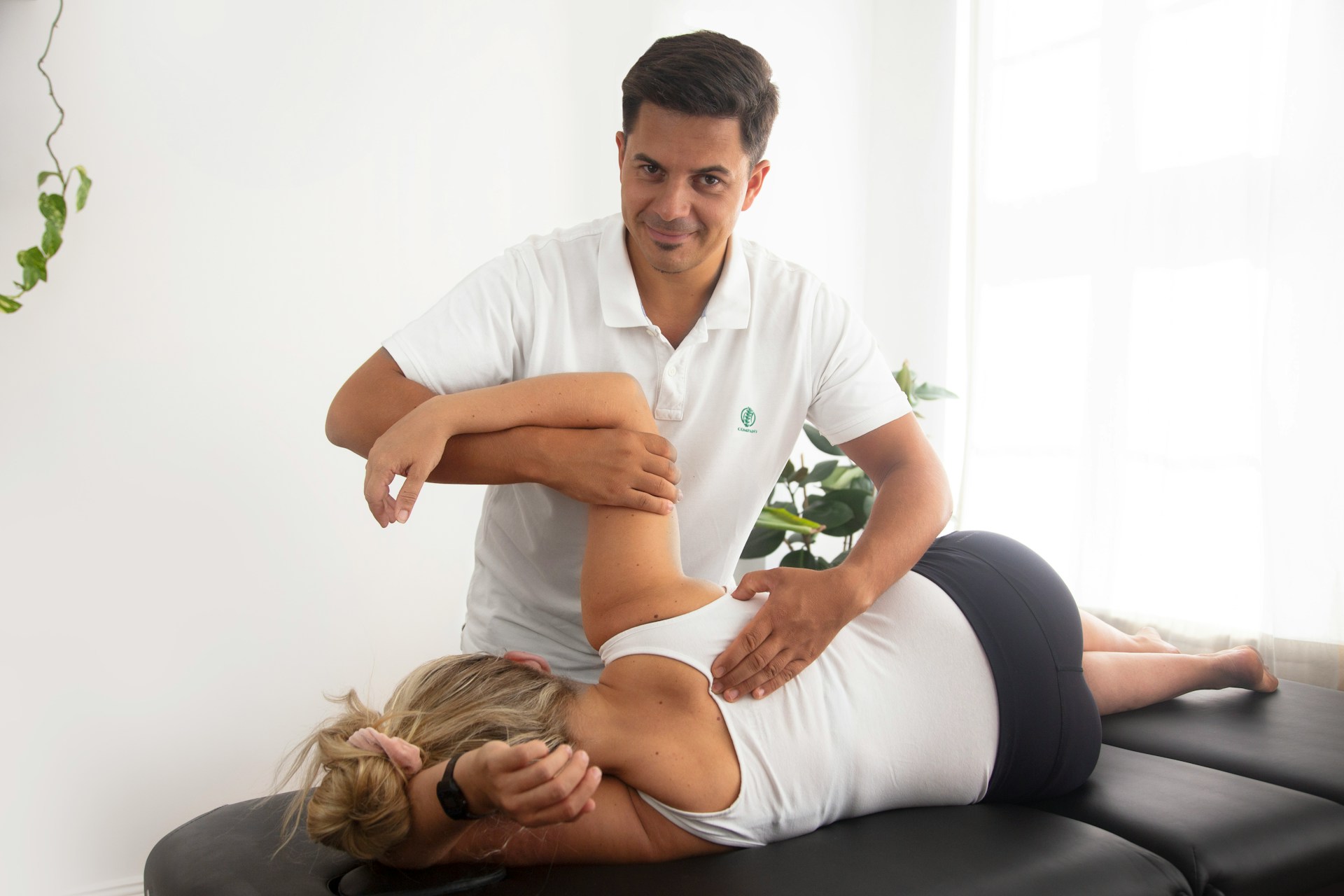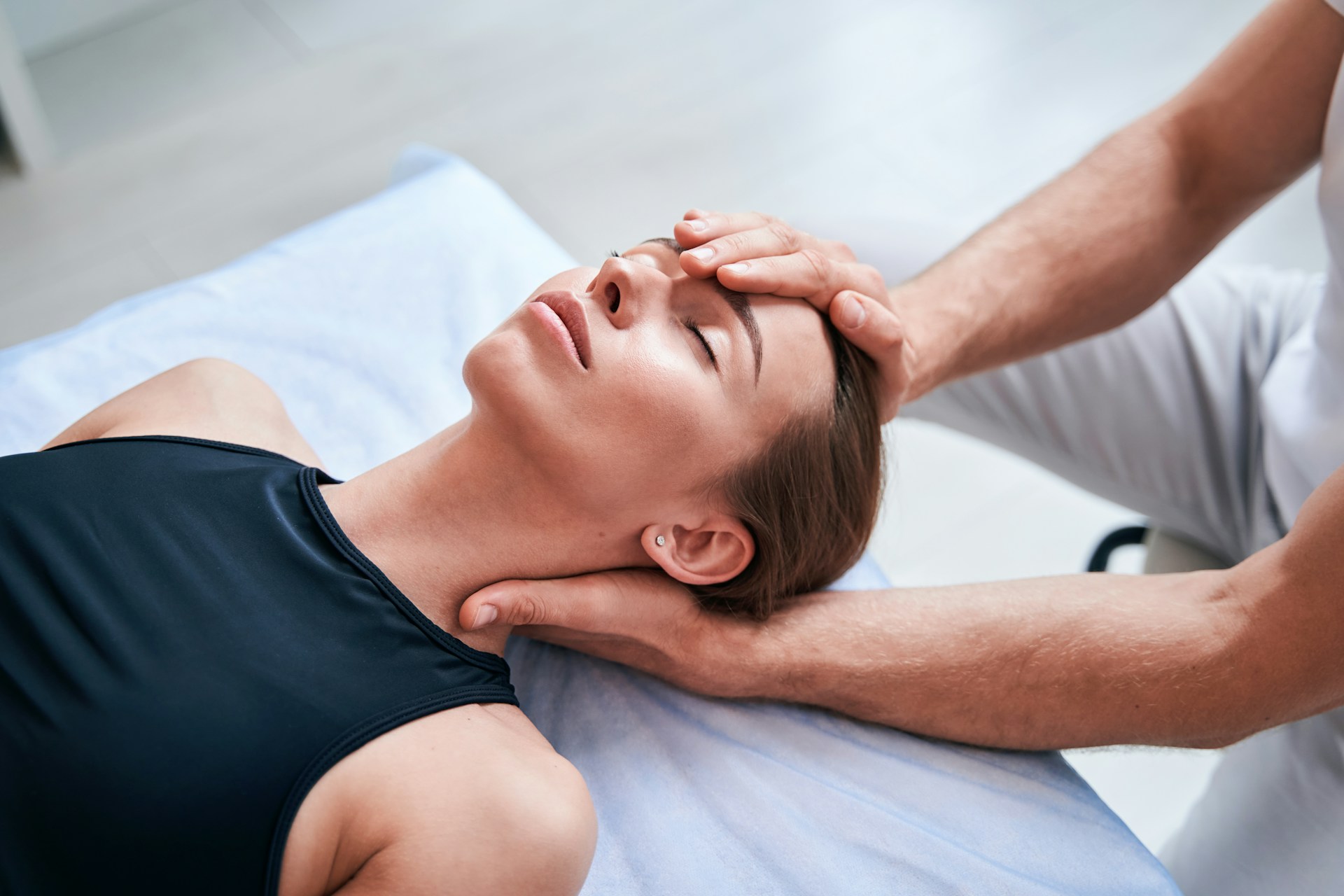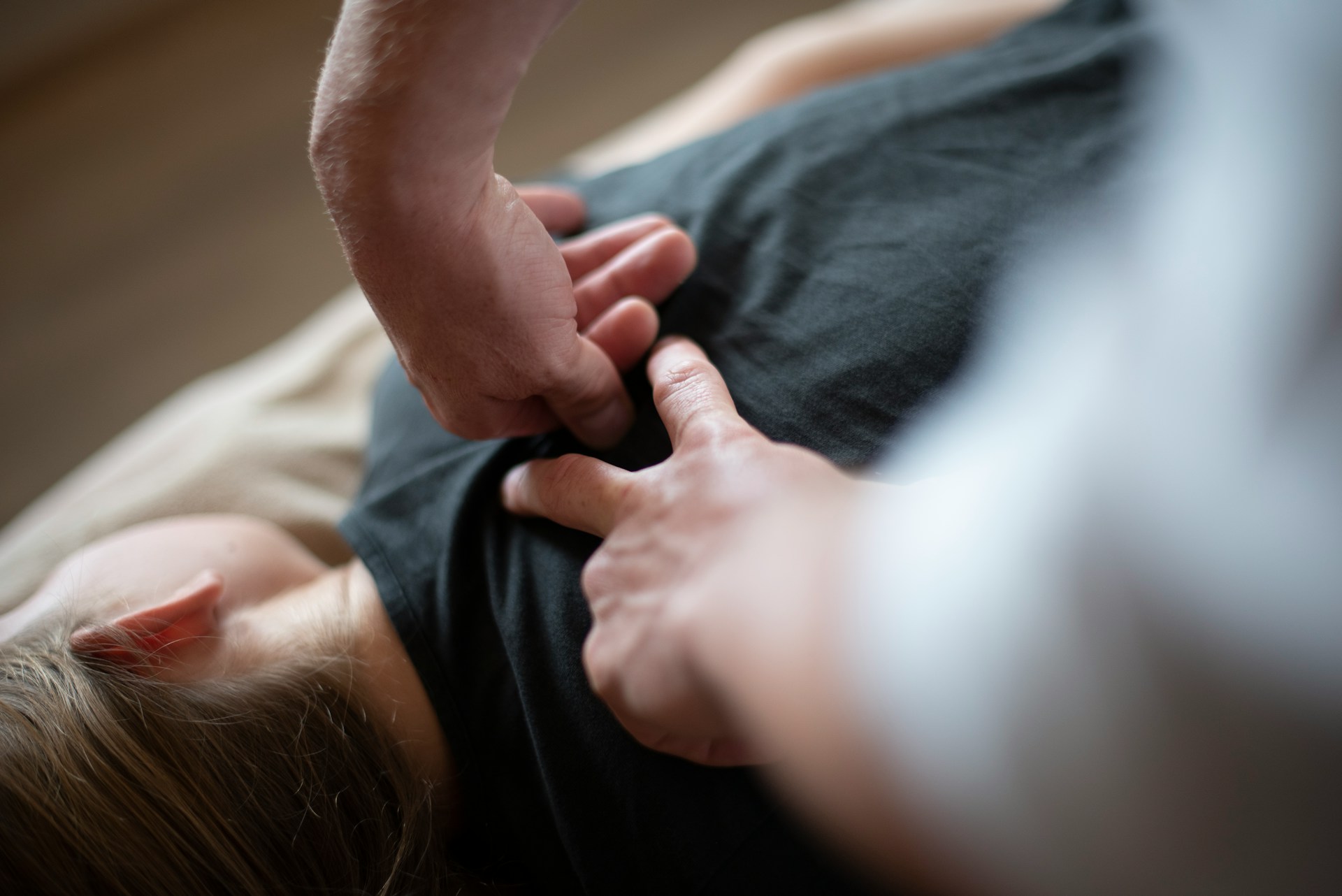Playing sport is a great way to stay active, boost mental health, and build strength. But while being involved in regular physical activity benefits the body in many ways, certain sports can put extra strain on the lower back. When that strain builds up over time or isn’t managed properly, it can lead to injuries that pull you away from the game. Understanding how your favourite sport might affect your back is a smart first step to staying healthy and pain-free.
Lower back pain is one of the most common issues athletes deal with, whether you’re a weekend tennis player or training several times a week. For some, it’s a recurring ache that shows up after a match. For others, it might come on sharp and sudden during a wrong move. Knowing which sports carry a higher risk and why they impact your back differently can help you make better choices and take action before pain becomes a problem.
Common Sports That May Trigger Lower Back Pain
Certain movements, postures, and repeated stresses found in some sports can lead to extra pressure on the lower back. Over time, that pressure builds up into discomfort or even more severe injury. Understanding how specific sports challenge the spine can help you take preventive steps or make changes to how you play.
Here are a few popular sports that can strain your lower back:
1. Running
The repetitive impact of running, especially long distance, sends shockwaves up through the feet and legs, into the spine. Poor footwear or hard surfaces like pavement can make this worse. When form slips or muscles become tired, runners tend to lean forward, adding pressure to the lower back.
2. Weightlifting
Lifting heavy weights, especially during squats and deadlifts, puts direct load on the spine. If your core isn’t strong or your posture breaks down, it’s easy for the back muscles to get overwhelmed. One bad rep with poor technique can spark a lower back injury.
3. Golf
Golf might seem gentle compared to contact sports, but the twisting movement of swinging a club repeatedly puts a big demand on the spine. Without proper stretching or swing mechanics, back strain builds up slowly, especially in the lumbar area.
4. Cycling
Spending long hours hunched over the handlebars can cause stiffness and tightness in the lower back. A poor bike fit or weak core adds to the problem, making the muscles work harder just to stay stable.
5. Tennis
Quick, explosive movements and sudden pivots during a game increase stress on the back. Serving and overhead shots especially use a strong twisting motion, which pulls at the spine if not done properly.
Recognising the common patterns in these sports is useful—not to avoid them, but to prepare your body better. Paying attention to how your body feels after each session and adjusting your approach can play a big part in staying active without pain.
Risk Factors And Prevention Tips
Lower back pain doesn’t always happen because of bad luck. A lot of the time, certain habits, movements, or training gaps play a role. These can increase the risk of irritating or straining the soft tissues and joints in your lower back.
Here are some common risk factors that might catch athletes off guard:
– Poor technique during specific movements or exercises
– Skipping warm-ups and cool-downs
– Weak core muscles that fail to support the spine
– Imbalance between muscle groups, like stronger quads than hamstrings
– Overtraining or not resting enough between sessions
– Using equipment that doesn’t suit your body or activity
Paying attention to these areas can make a real difference. For instance, if your gym routine includes a lot of lifting, learning to engage your core and hinge properly at the hips can take pressure off your lower back. It isn’t all about lifting heavier; it’s about moving better.
A proper warm-up isn’t just about jogging on the spot either. You want to prepare your muscles and joints for the specific movements ahead. Dynamic stretching, mobility work, or light reps of your main movements can help ease your body into action.
And don’t forget strength training outside of your sport. Focusing on your core and lower body builds stability and helps prevent injury. Exercises like planks, glute bridges, or controlled lunges all target that area well.
How A Chiropractor For Lower Back Pain Can Support Recovery
When sports trigger lower back pain that doesn’t settle down, a chiropractor for lower back pain can be a huge help. Chiropractors look at how your spine, muscles, and joints work together. They can spot imbalances or tension that might be making things worse or holding back your performance.
Chiropractic care isn’t just about cracking joints. It combines different hands-on techniques like spinal adjustments, soft tissue work, and stretches. These are meant to improve mobility, ease tension, and help the spine sit in a better position, which in turn reduces pressure on sore areas.
If you play a sport that pushes one side of your body more than the other, like tennis or golf, a chiropractor may also help even things out. Repeated one-sided movements can lead to rotations or stiffness that affect posture and lead to pain.
And once the pain improves, chiropractic care tends to focus on keeping it away. That might include ways to move better during your sport, advice on rest and recovery, or ongoing support through regular check-ins. It’s not about fixing symptoms short term. It’s about fixing the causes.
Preventing Lower Back Pain During Sports
Taking care of your lower back starts with building good habits, both during your sport and outside of it. You don’t have to change everything, just make small adjustments that add up.
Here are a few tips athletes can follow to support their lower back health:
– Break up longer training sessions with short rest periods, especially if doing repetitive movements like cycling or running
– Invest in proper gear including footwear, support belts, or a bike seat that fits your body
– Add strength and mobility training into your weekly routine to build a stable foundation
– Give your body enough rest between intense sessions so muscles and joints can recover
– Stop and check your form if you feel any tightness or soreness—don’t power through bad pain
For example, a runner training for a spring fun run in Melbourne might start adding short strength sessions twice a week focused on glutes, hips, and ab muscles. That can take stress off the lower back and help them hit their goals without setbacks.
Being active and enjoying sport doesn’t need to come at the cost of your back. A few smart tweaks and the right support make a big difference.
Low Back Support That Lasts
Staying pain-free isn’t about avoiding sport, it’s about listening to your body and backing it up with the right care. Playing sport year-round comes with plenty of benefits, but ignoring nagging back soreness risks turning a small issue into a bigger problem.
Seasons change and training styles do too. Whether you’re outdoors in the sunshine or hitting the gym to escape Melbourne’s cooler months, your lower back goes along for the ride. Supporting it through strength, movement, and smart choices will help you perform better and recover faster. If pain’s getting in the way of that, it might be time to get it properly checked by someone who knows backs inside out.
If lower back discomfort is slowing you down, it’s time to take action. Discover how a chiropractor for lower back pain can make a difference in your recovery and long-term wellbeing. At Capel Sound Chiropractic, we’re here to support your back health so you can stay active and feel your best all year round.





